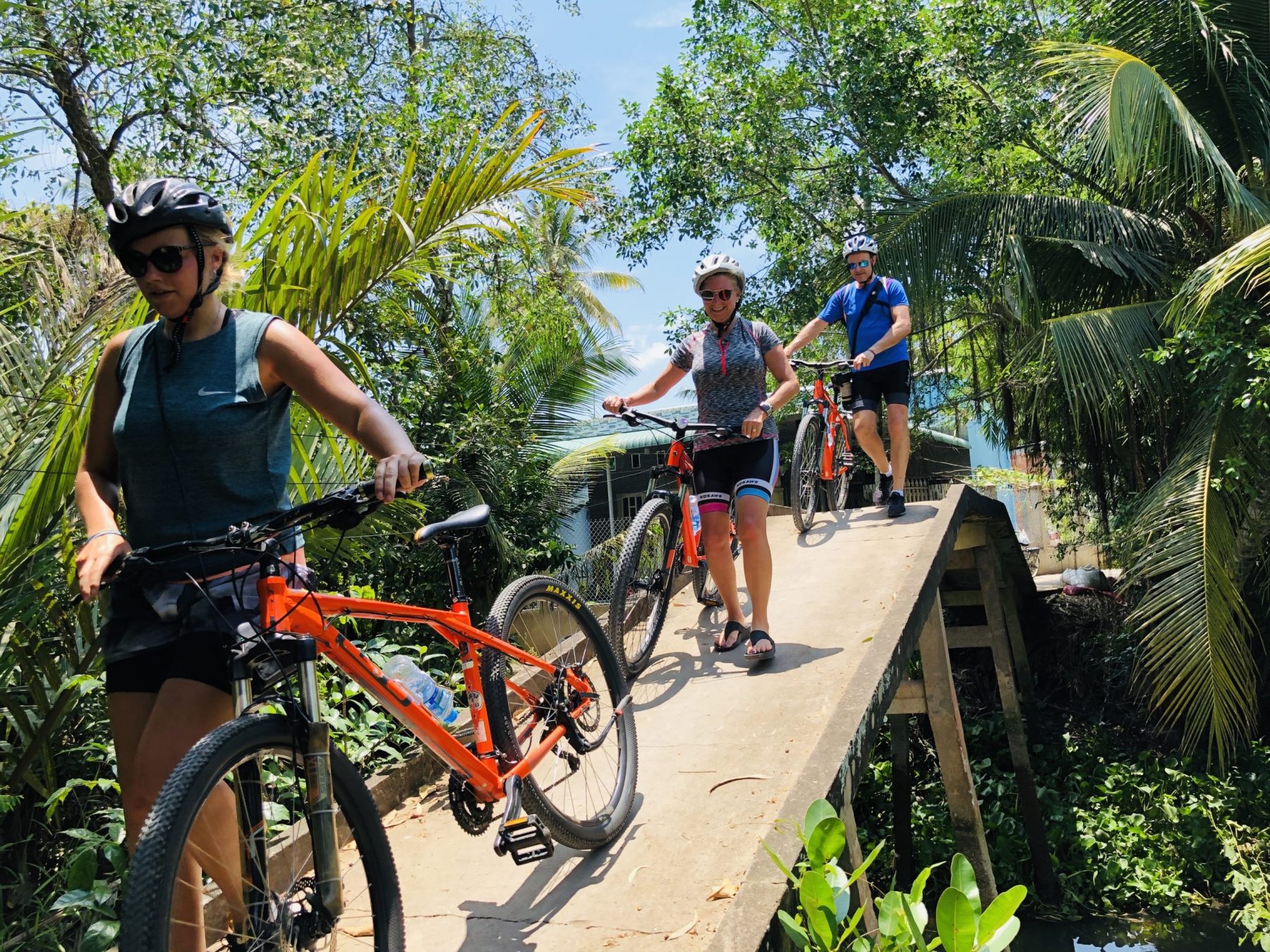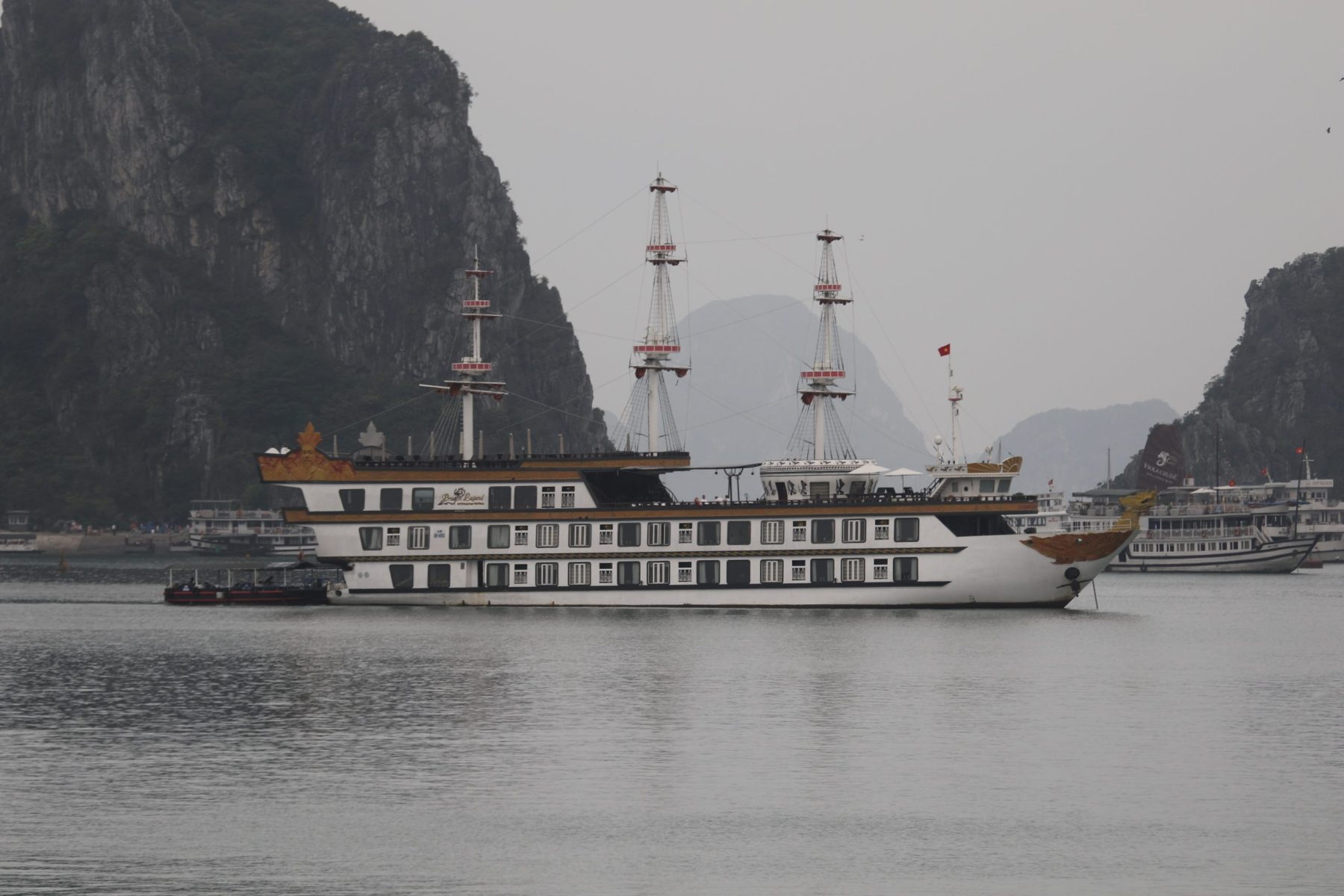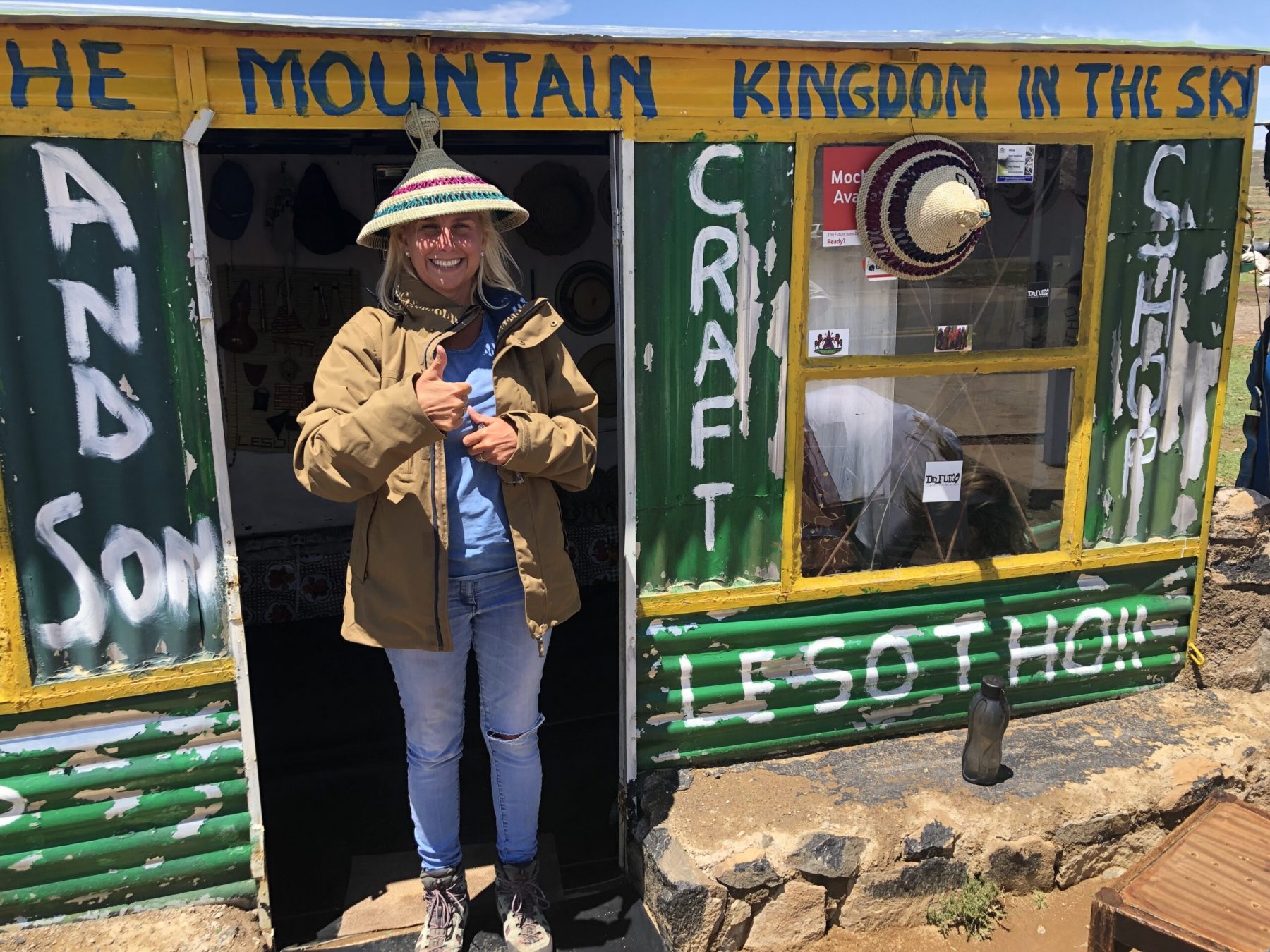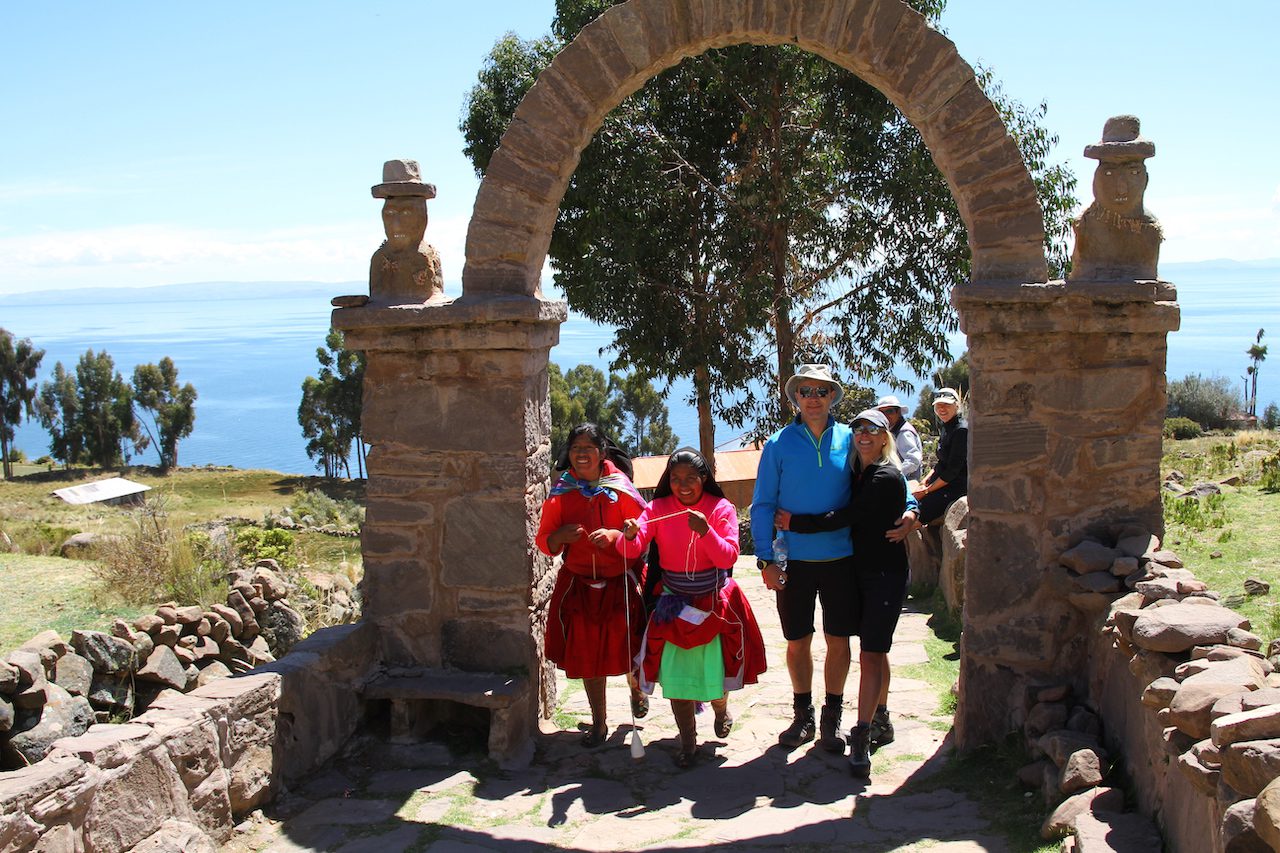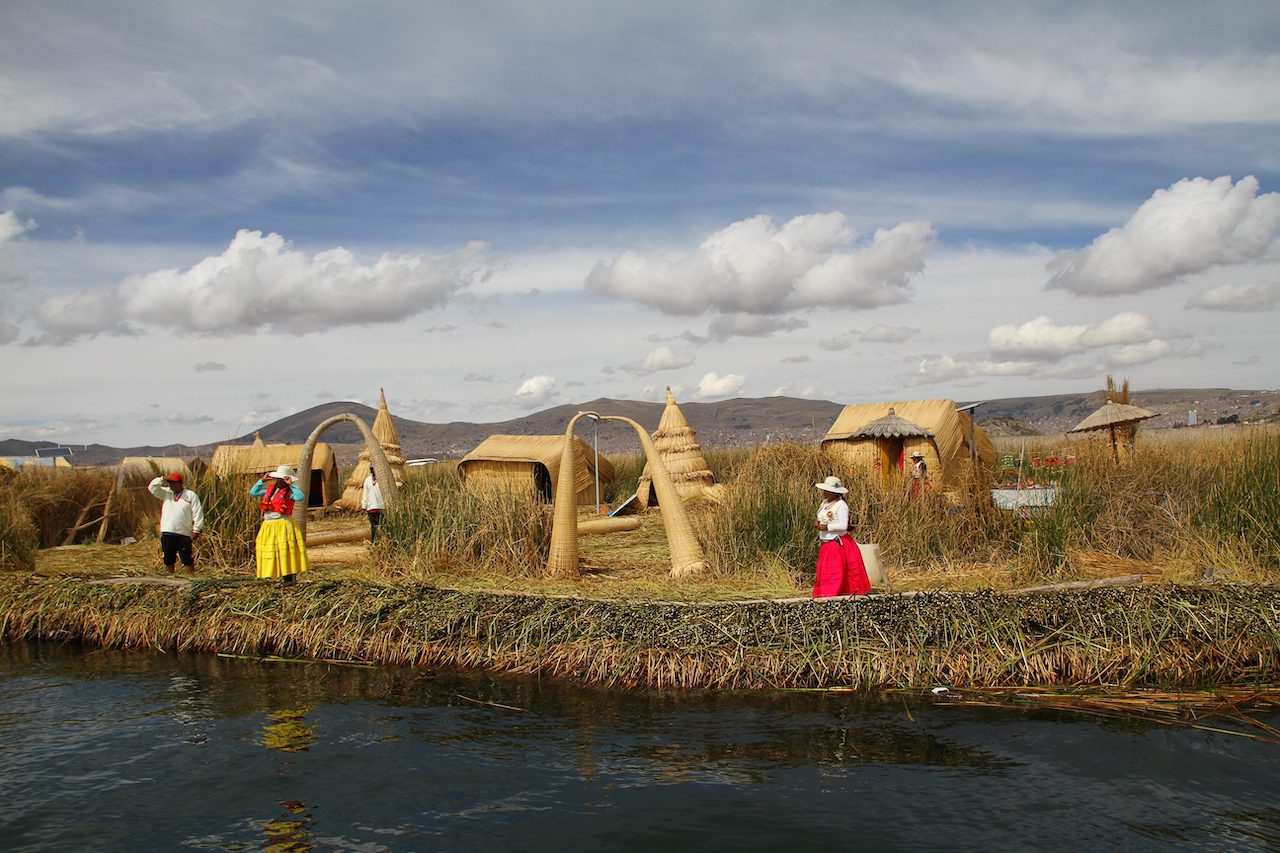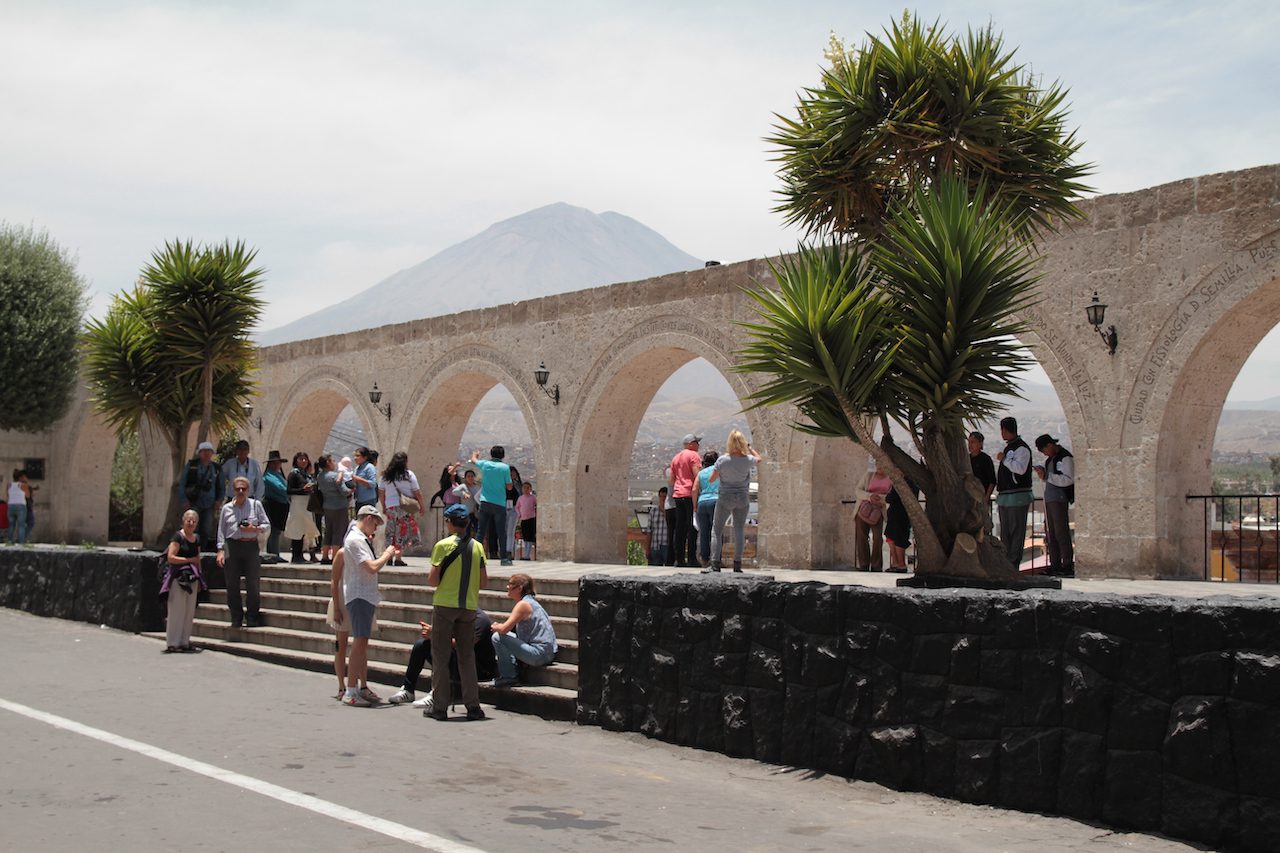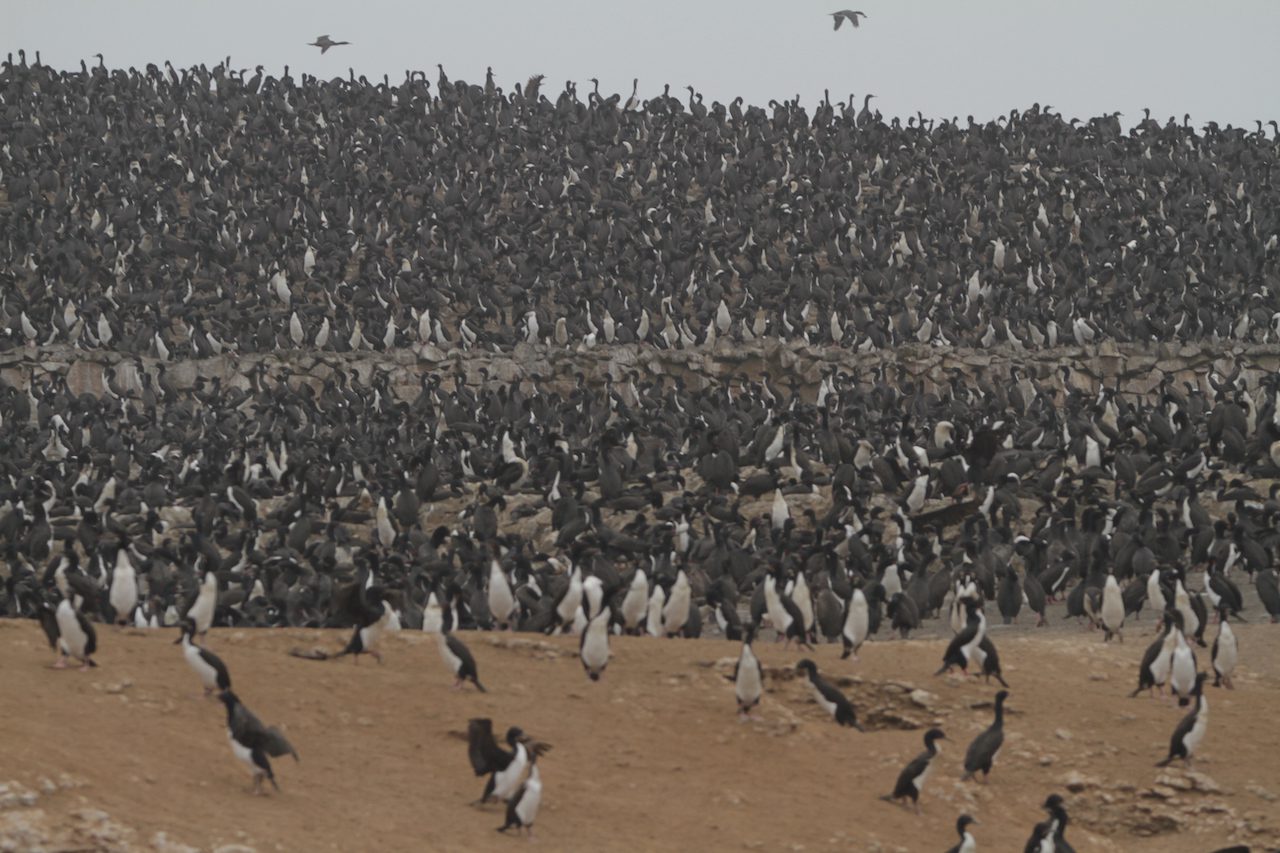Lake Titicaca, straddling the border between Peru and Bolivia in the Andes Mountains, is one of South America's largest lakes and the world’s highest navigable body of water. Said to be the birthplace of the Incas, it’s home to numerous ruins. Its waters are famously still and brightly reflective. Around it is Titicaca National Reserve, sheltering rare aquatic wildlife such as giant frogs. The Uros islands are a group of 70 man-made totora reed islands floating on Peru's Lake Titicaca. Its inhabitants, the Uros tribe, pre-date Incan civilization and continue to hunt and fish the plentiful land and waters they occupy. Amantani is an island on the Peruvian side of Lake Titicaca and is the highest island in the world at 4,115m on Pachatata. According to a 1988 census, it had a population of 3,663 Quechua speakers divided among about 800 families. The island is circular and about 9.28 km² in size.

